
Whenever I share a scone recipe, I always say it’s my favourite and each time I genuinely mean it! The truth is, I’m just a bit of a scone super-fan…whose favourite changes almost daily. Today? Today my favourite is cheese scones. And I have the very best cheese scone recipe for you to try too.
There’s something quite special about a Cheese Scone though, isn’t there? Like any other scone these ones have a very simple base of flour, fat and milk, as well as some fun science with raising agents. But instead of our usual sweet fillers, like cherries or sultanas, we opt for cheese, making these scones more of a savoury snack. Sounds simple enough, right?

I was actually talking about scones with a lovely lady at Foodies Festival a few weeks ago. We were both in absolute agreement that in theory scones are a very easy thing to bake. However, in reality they are quite tricky to master. So, how do you make the perfect cheese scones?
There’s two elements to scone success: Ingredients and technique. The ingredients for these scones follow the same base as all our other scone recipes, as well as some tasty extras, making this one of the best cheese scone recipes you will find.
And the technique? Well that is explained in the recipe, as well as some of Granny’s fool-proof tips…

Ingredients:
Scones are generally quite dense in texture but there are a few elements in the ingredients that help prevent them from being like biting into a rock. One of those is the raising agents. Self-raising flour already has a raising agent incorporated…as the name would suggest.
Baking Powder
As well as the raising agent within the flour, baking powder adds a bit of lift to scones.
Baking powder is a convenient choice as it is a ready-mixed leavening agent, generally made of bicarbonate of soda and cream of tartar (usually some cornflour too). In fact, our Fruit Scone Recipe simply uses a combination of bicarbonate of soda and cream of tartar, as opposed to baking powder.
Caster Sugar
Wait, these are a savoury scone, why the sugar?! Ok, hear me out. Yes, cheese scones are very much a savoury scone, so sugar does seem a bit mad. Granny however does recommend a little sugar, just to balance out the flavours and cut through the sharpness of the cheese.
Margarine or Butter
In terms of flavour, butter is always king when it comes to baking scones. However, when it comes to texture, a decent block margarine can be just as good. You want your butter/margarine to be cold though, as this will allow you to crumble it into the flour & sugar without it turning to mush; instead you want it to make a sand-like consistency. It is these little “grains” of buttery sand that will melt during baking, leaving a beautiful air-pocketed texture within your scones.
Cheese
You want a good flavourful cheese to get the most of your cheese scones. I’ve found a mature cheddar to be best – it’s also what I always happen to have in our fridge. You can of course experiment with different cheeses to suit your own taste.
Dairy-free cheeses are also great if you wish to make vegan cheese scones (just be sure to use dairy-free milk, margarine and crème fraiche too!).
Cayenne Pepper
Not a fan of spice? Don’t let this scare you away. Using cayenne pepper creates a bit more depth and flavour to your cheese scones, without it burning your taste buds off in the process! It’s only a tiny amount and I guarantee you will be glad you added it.
Milk
The liquid that brings it all together. You can use whichever milk you prefer, but a full-fat milk produces the richest scones. Dairy-alternative milks also work great in scones, with soya being my personal favourite.
Crème Fraiche
Not a traditional addition for scone recipe purists, however the choice to add crème fraiche to your recipe goes beyond taste – more-so, it is science! The acid in the crème fraiche reacts with the alkaline in baking powder, causing a chemical reaction. For those like myself who never excelled in chemistry…it basically makes some bubbles in your batter and in turn, an even lighter textured scone.
Alternatively you can use buttermilk, sour cream or even yoghurt. Or in a pinch, some extra milk; you will lose a bit of the extra rise with just milk though.

Granny's Top Tips
• For great scones you want cold ingredients and a hot oven. Use margarine/butter that is straight from the fridge and ensure you fully pre-heat your oven.
• Try to get as much air into your dough by sifting the dry ingredients from a bit of height, and raising your fingers as you rub in the butter.
• Scones require a soft touch so don’t be too rough with your mixing and kneading.
• Put down the rolling pin! Simply stretch out your dough with your hands. And always leave it a little thicker than you think you should.
• For scones that have that perfect layered affect, which you can pull apart into perfect top/bottom halves, without the need to cut them; flatten out your dough to about 1cm, before folding it onto itself (like a book), then flatten the layers together to about 2cm thickness.
• When you cut your scones from the dough DO NOT twist your cookie cutter. This will twist the edges of the dough and prevent them from rising as well. And by doing so, you will make Granny want to cry.
• Always leave your scones to rest before baking. This lets the gluten in the flour rest. 10 minutes is ideal but if you can do longer, even better.
• A beaten egg gives the best colour to scones when brushed on top but milk is my personal preference. Just be careful that you don’t let it run down the sides of your scones or it could effect the rise. Oh, and do this before adding your cheese!
Love this? Try this:


Cheese Scones
INGREDIENTS
- 450 g Self-raising Flour
- Pinch of Salt
- 2 tsp Baking Powder
- ¼ tsp Cayenne Pepper
- 1 tbsp Caster Sugar (Superfine Sugar)
- 50 g Butter or Block Margarine chilled
- 100 g Cheddar Cheese grated
- 200 ml Milk
- 100 ml Crème Fraiche (Sour Cream)
INSTRUCTIONS
- Preheat your oven to 220°c (200°c for fan-assisted oven, Gas Mark 7 or 425°F). Grease two baking sheets with a little excess margarine/butter and set aside.
- Sift the flour, salt, baking powder, and cayenne pepper into a large bowl, holding the sift up to allow some air into them. Gently stir in the sugar.
- Using the tips of your fingers, rub the margarine/butter into the dry ingredients, again, lifting as you do to allow air in. Continue until you have a sandy consistency.
- Keep aside a small amount of the cheese (for topping your scones) and stir through the rest of cheese, before creating a well in the centre of your ingredients.
- Whisk the milk and crème fraiche together before pouring into the well. Using your hands, gently bring the ingredients together to form a soft, slightly sticky dough.
- Turn out onto a floured work surface and gently knead together, before stretching the dough to about 1cm thickness. Fold the dough over itself (like a book) so you have two layers, and gently press together until your dough is about 2cm thick.
- Using a cookie cutter of your choice, cut your scones out and place them onto your pre-greased baking sheets. The smaller your cutter the more scones you will get. Reform and stretch the dough as required to use all of the dough.
- Leave your scones to rest on the tray for about 10 minutes before brushing the tops with some extra milk and topping with the leftover cheese.
- Bake in your preheated oven for 10 minutes. If you are making smaller scones, keep a close eye on them as you may need to reduce the baking time to suit.
- Once cool enough to touch, transfer to a wire rack to cool completely or enjoy whilst still warm.
IMPORTANT NOTE:
All my recipes are developed using a digital scale and the metric system (grams and millilitres). Cup measurements are available as a conversion but these, unfortunately, won't always be as accurate. For best results, I always recommend baking with a digital scale.
Free-from & Vegan
Dairy-free: Simply use a dairy-free milk, crème fraiche, margarine and vegan cheese for a dairy-free scone.
Nut-free: There are no nuts used in this scone recipe but, as always, be sure to double check your individual ingredients allergens list.
Vegan: As there is no egg in this scone recipe, simply follow the dairy-free tips above. The scones pictured are actually vegan, made with dairy-free margarine & crème fraiche, soya milk and vegan cheese.
Gluten-free: Gluten-free is not my forte and this unfortunately isn’t a recipe you can simply sub-out the flour for a gluten-free alternative. However, Becky Excell has a great Gluten-free Scone recipe.



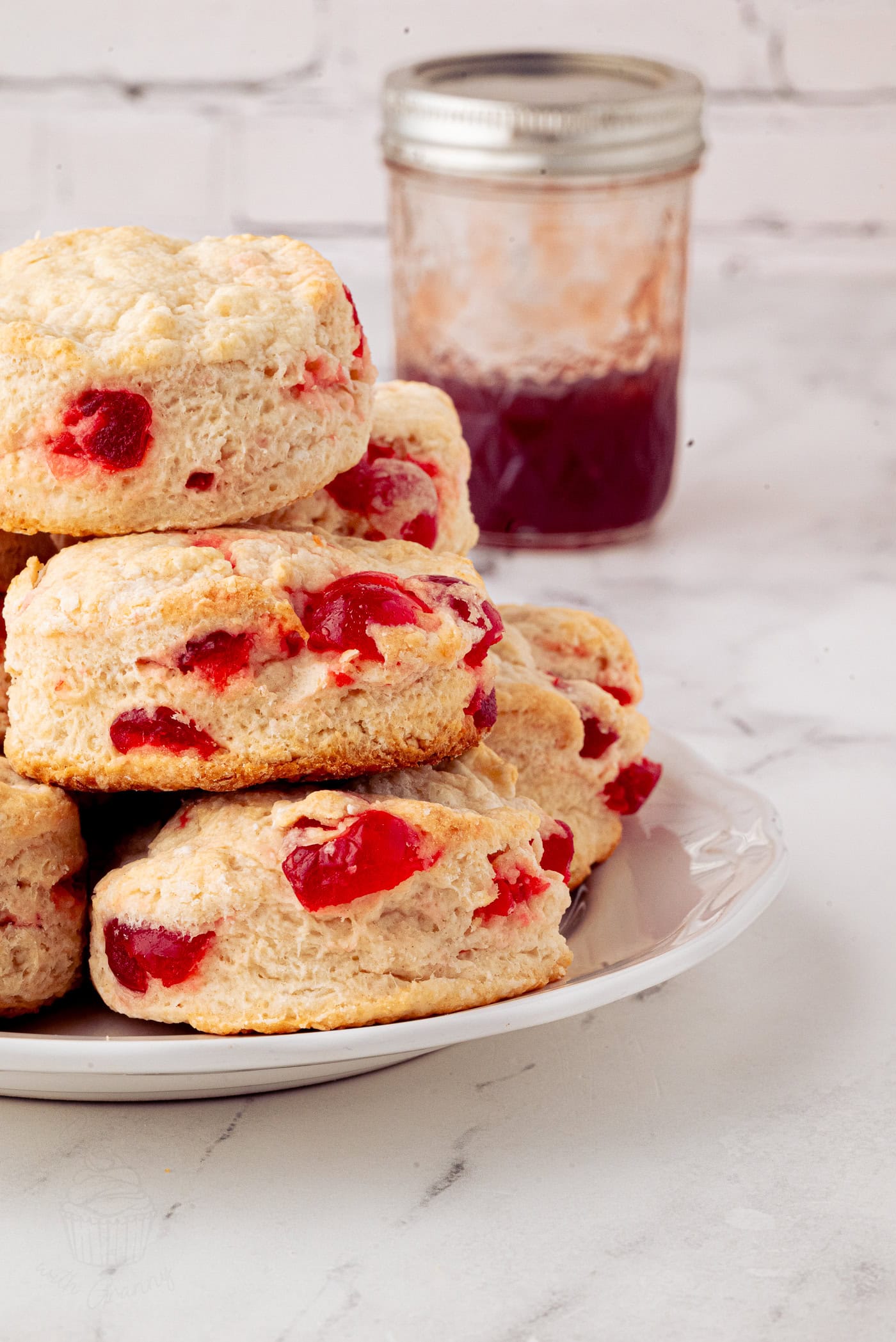


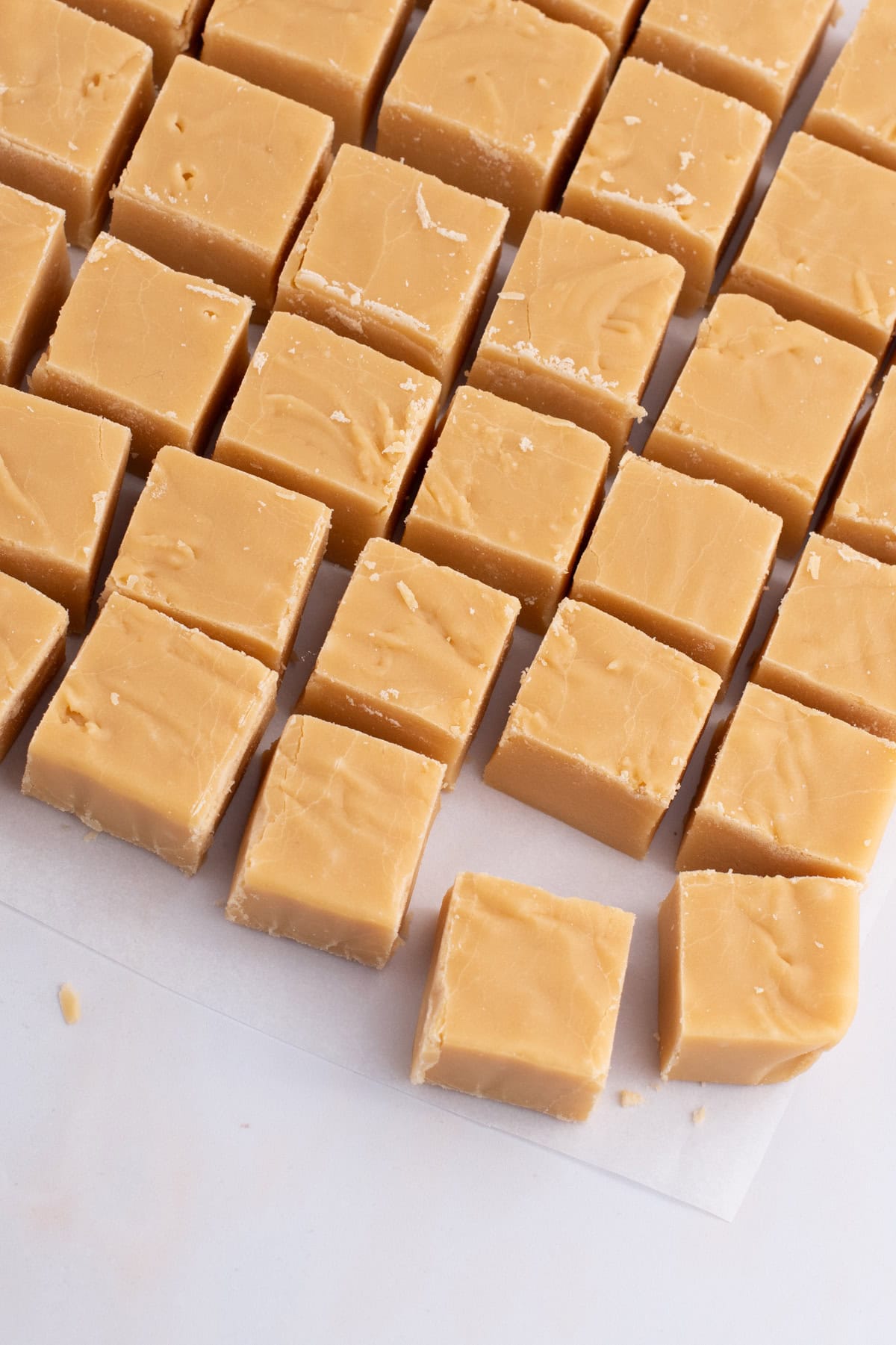
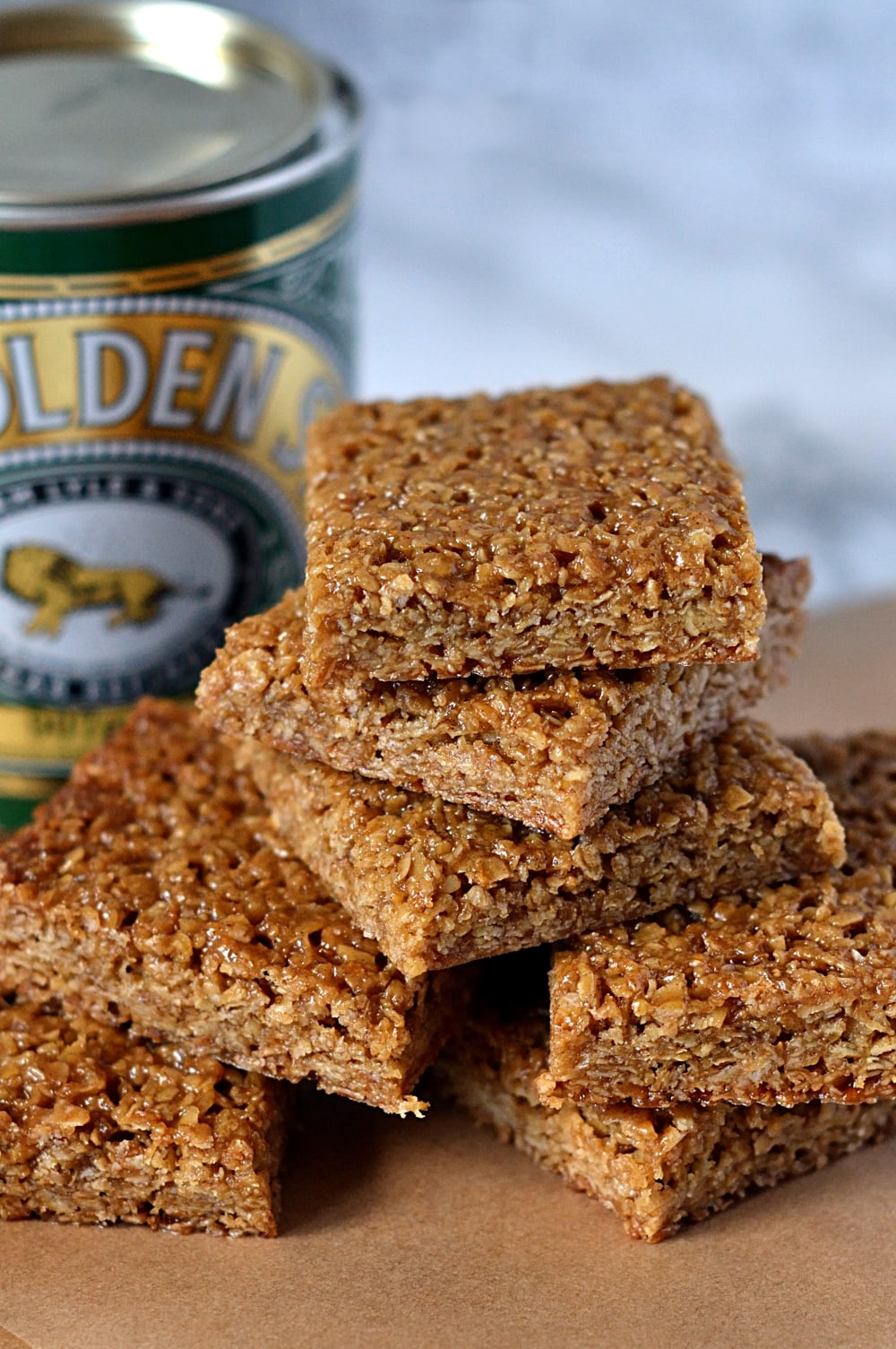

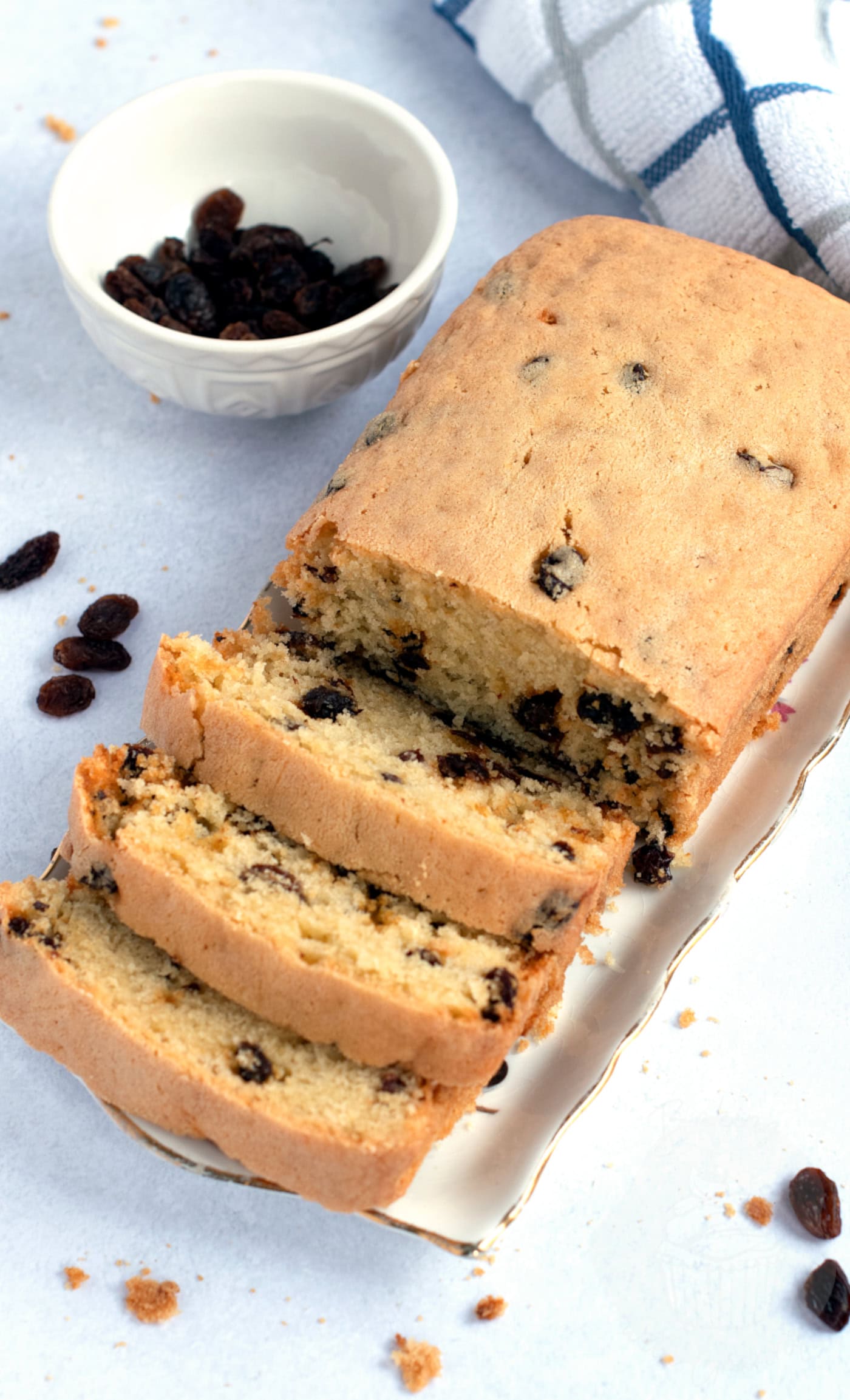
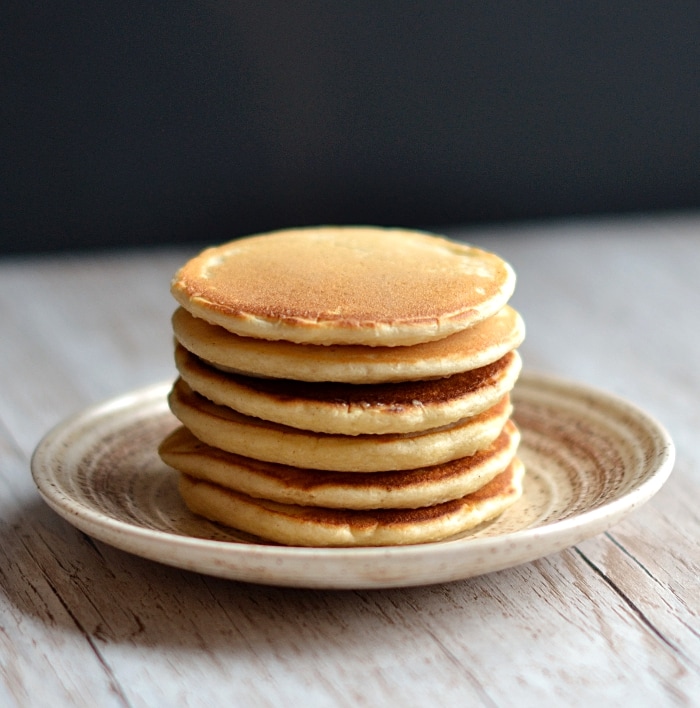
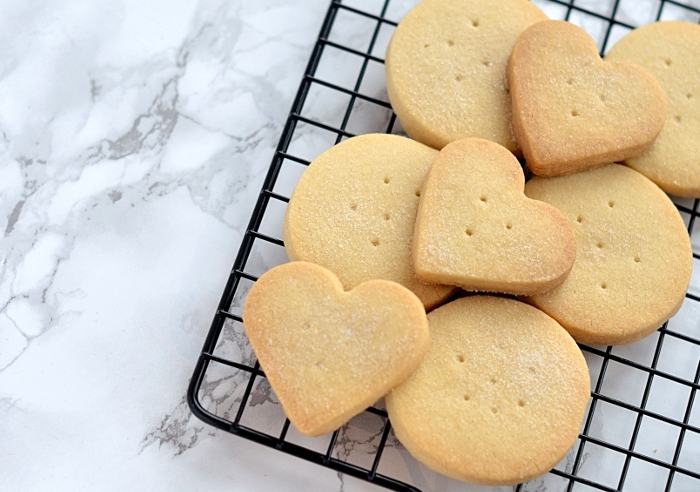







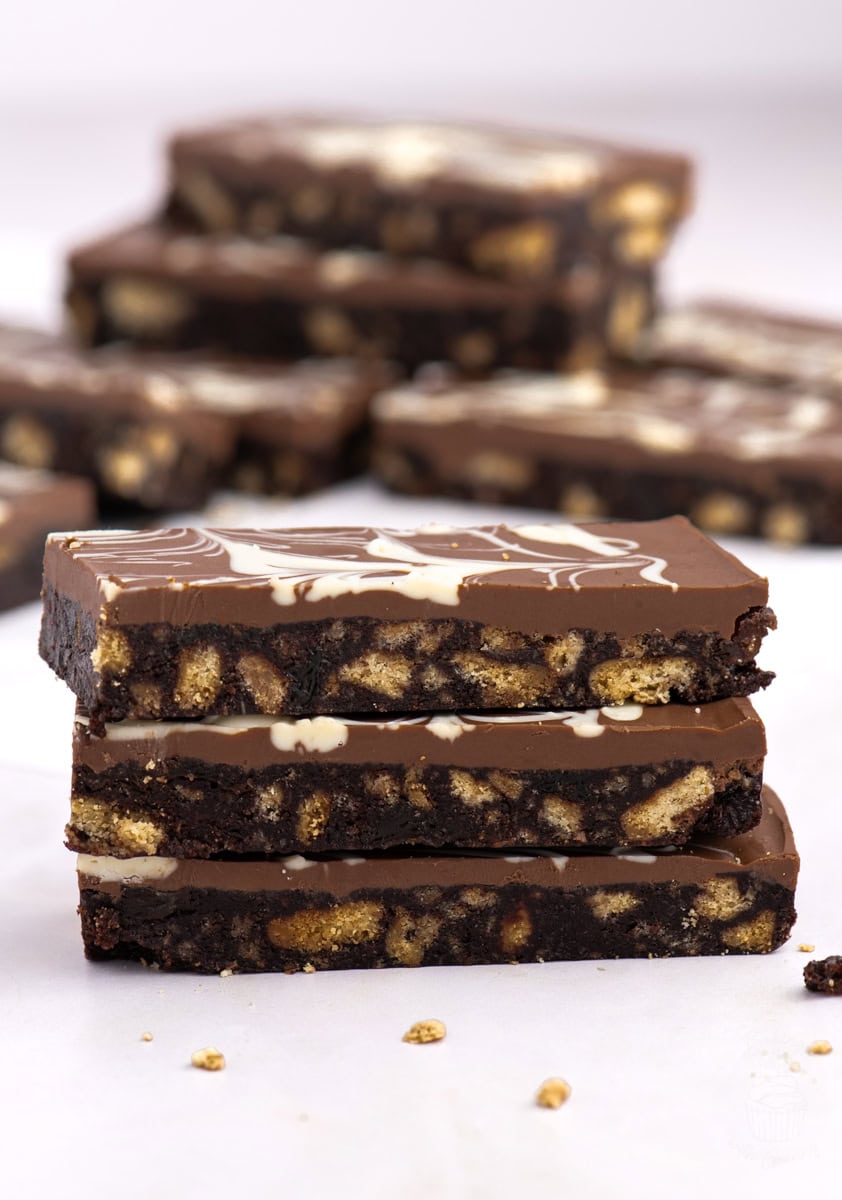
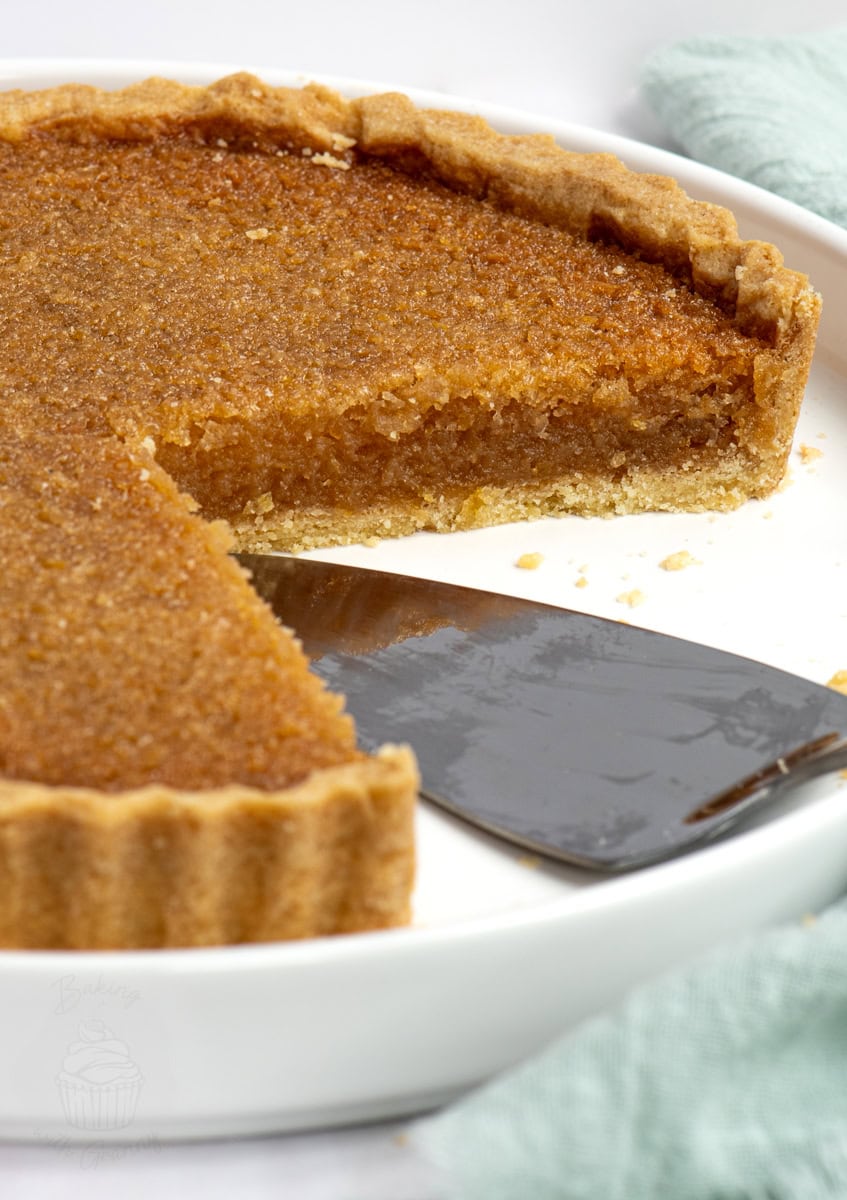

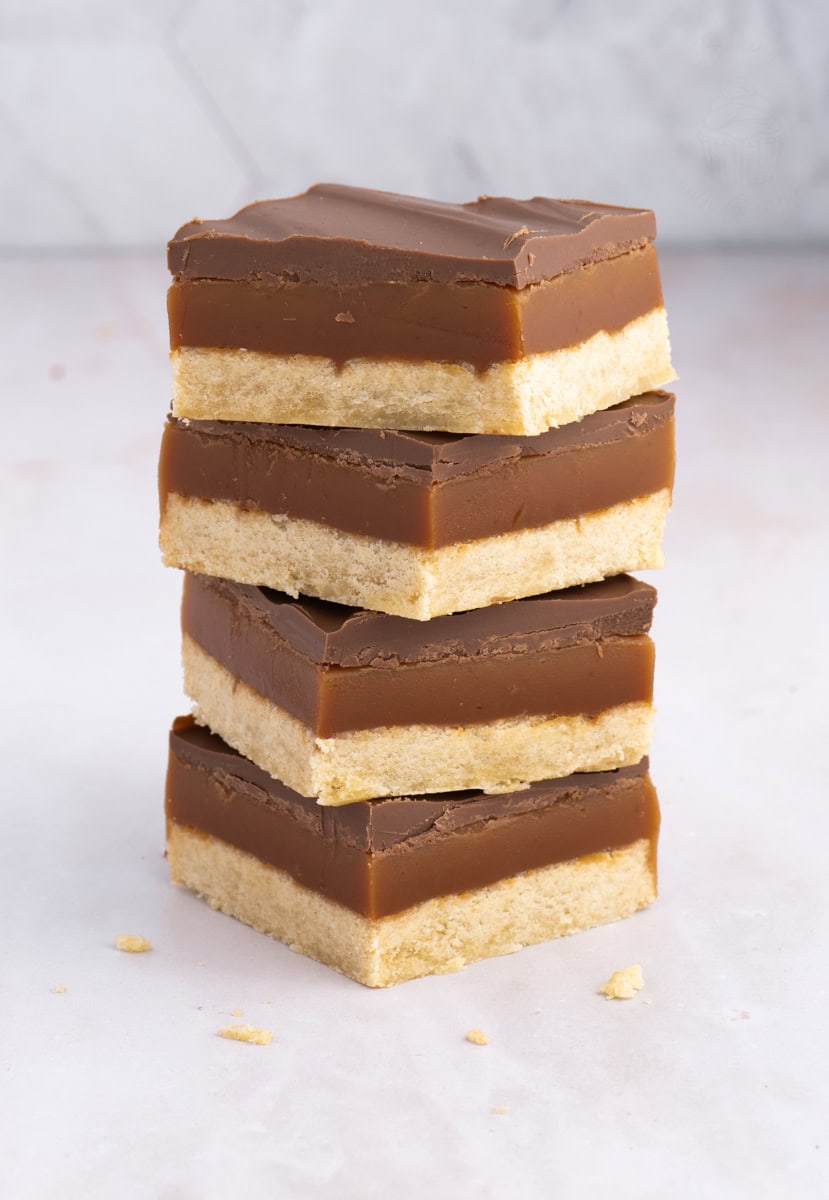

6 responses
Delicious lovely toasted with soup or salad for a change
As I can’t get creme fraiche here out of all the suggested alternatives, which is the best one to use. Could I also add grated onion and if yes how much would you suggest. Thanks
Hi
Although I haven’t made these scones yet, but I suggest you try kefir, or full-fat milk with a touch of lemon squeezed in.
You’re looking for something acidic which reacts with the baking powder/soda to create the rise..
I make soda farls which is flour, baking soda, buttermilk and a pinch of salt. It’s difficult to find buttermilk, so I use full-fat milk with lemon squeezed and it rises beautifully.
Looks a fab recipe- hope to make it over Bank Holiday.
Would like to use buttermilk instead of creme fraiche- how much would I need for this recipe?
Thanks
Thanks for the cheese scones recipe.
I have not tried your recipe yet but normally when I make cheese scones I add a pinch of English mustard, friends and family love this x